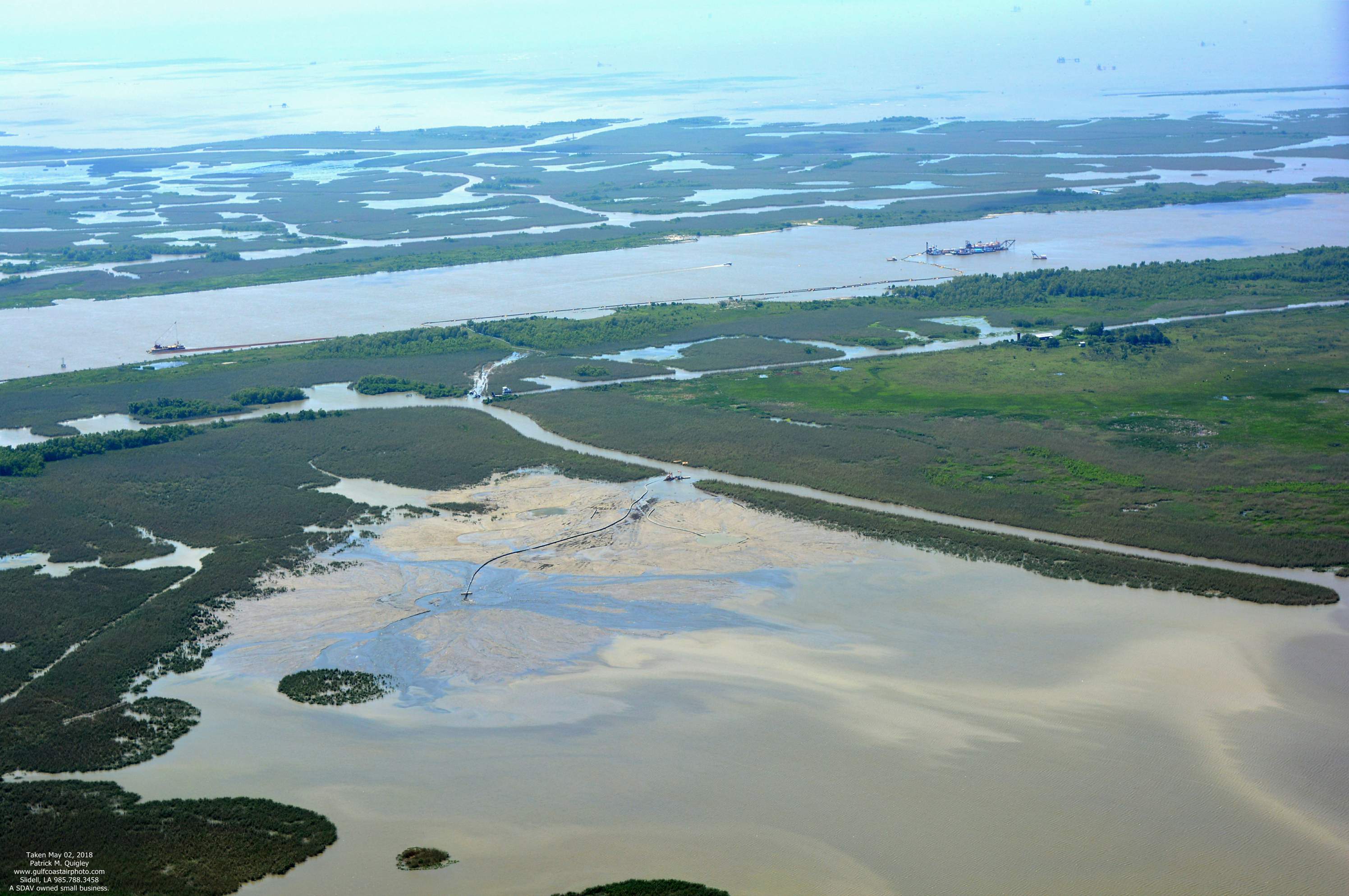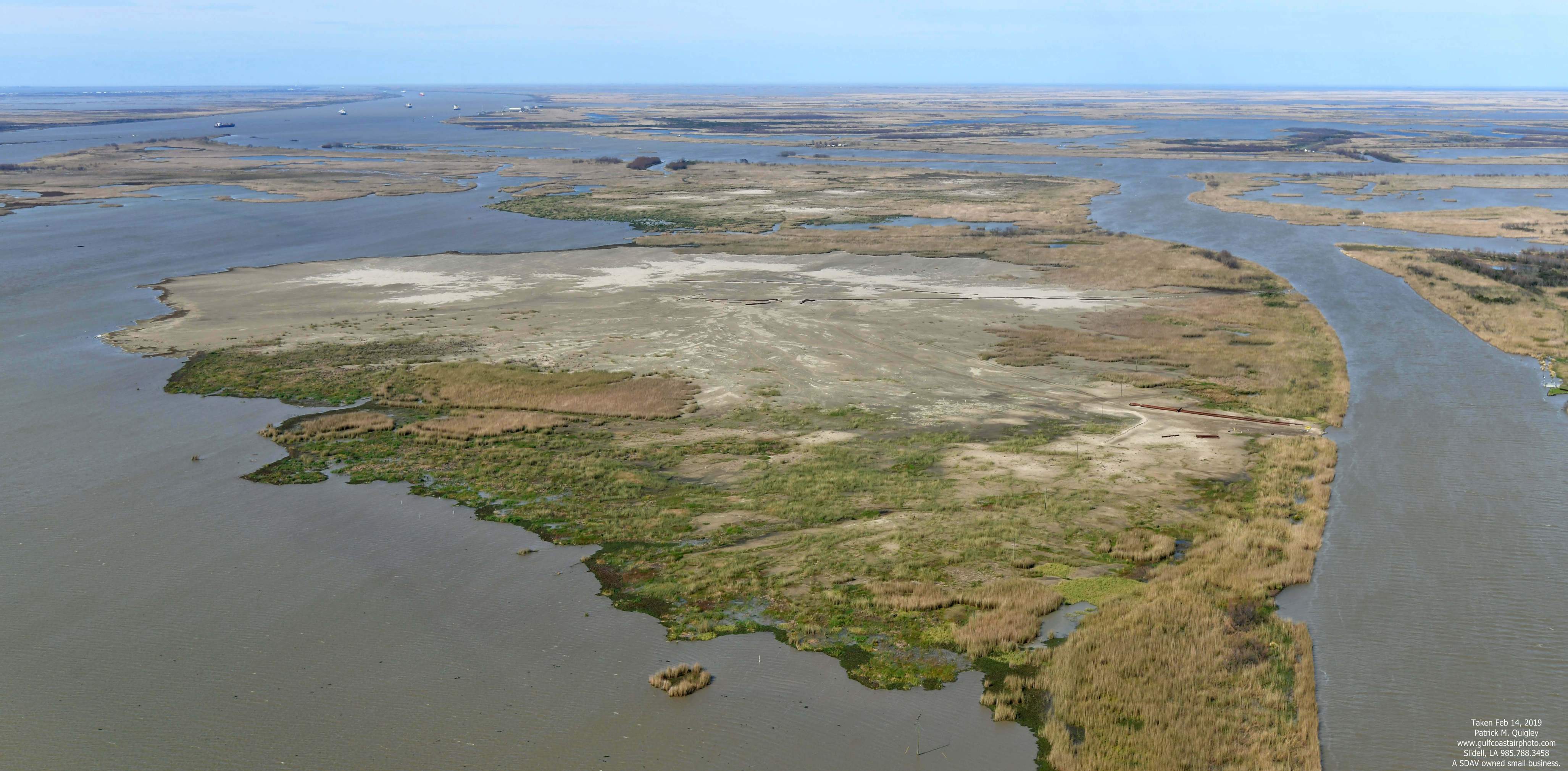
The U.S. Army Corps of Engineers, New Orleans District has the largest annual channel Operations and Maintenance (O&M) program in the nation and dredges an average of 77 million cubic yards (mcy) of material annually during maintenance dredging of federal navigation channels
The Corps fully supports and strives to beneficially use dredged material in all circumstances where it is practical and cost-effective, and where those beneficial uses can be accomplished in compliance with all requirements of federal law.
The New Orleans District operates dredges throughout the waterways of south Louisiana. The majority of the Corps dredging operations take place on the Mississippi River, the Calcasieu River, and the Atchafalaya River. Dependent on the location of dredging requirements, the Corps places the dredged material at different disposal sites. Some of the beneficial use placement sites are found in the Delta National Wildlife Refuge, the Atchafalaya Delta Wildlife Management Area, along the banks of South and Southwest Pass, and in the Sabine National Wildlife Refuge.
To date, the Corps has constructed over 68 square miles of land through beneficial use of dredged material.
Currently, approximately 42 percent of the suitable/available material dredged under the O&M program is used beneficially. Due to either the physical characteristics or the location of the dredged material, not all of the material dredged by the Corps is available for beneficial placement in the coastal ecosystem. However, if funding were made available, there is the potential to use up to an additional 15-20 million cubic yards annually to enhance coastal wetlands through marsh creation, wetland nourishment, barrier island restoration, ridge restoration, and other techniques.
